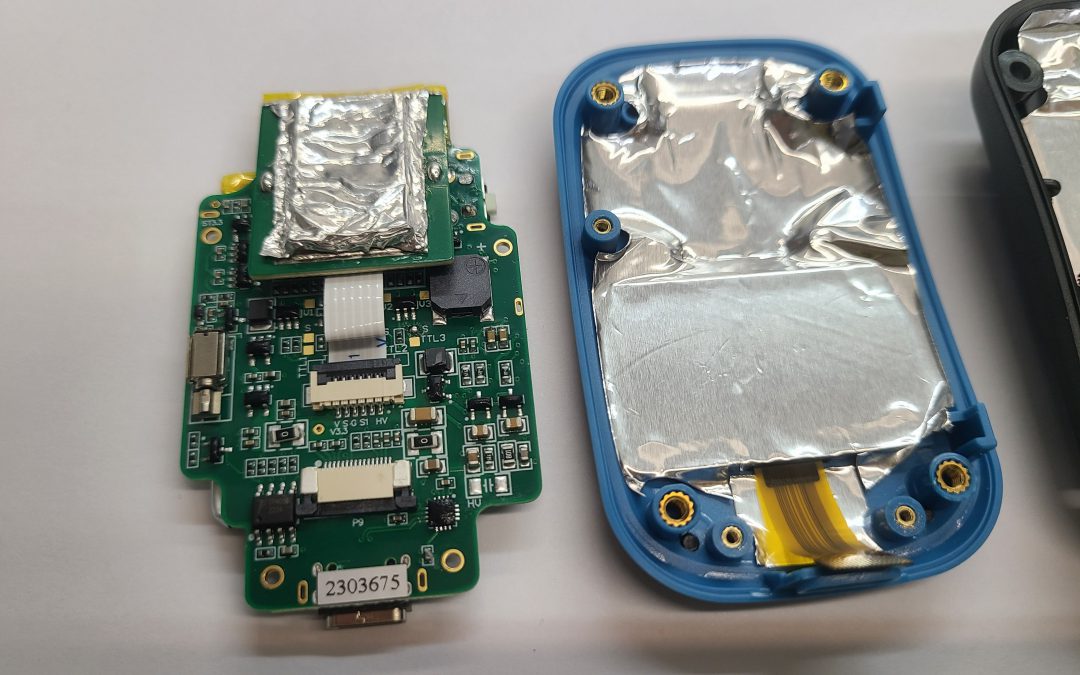
This small instrument is a dosimeter and does not have an energy spectrum function. Theoretically, it may be possible to quantify the height of the pulse and thus perform energy compensation. “RAM” is roughly an abbreviation for Radiation alarm meter, so most of the models starting with RAM are radiation meters, and there are many called RAM-01, so the manufacturers may not have paid attention to the duplication of models.
Cadmium zinc tellurium detector (CZT) is a relatively new semiconductor radiation detection materials, can work at room temperature, compared to the performance of PIN has a greater advantage, compared to high-purity germanium does not require refrigeration. Currently CZT is mainly used in laboratory energy spectrum analyzers, γ cameras and other products. From the point of view of the characteristics of CZT, as a portable energy spectrometer or dosimeter use difficult to play the performance, mainly because of the thick CZT (more than 2.5mm) on the hole absorption is larger, generally can only be used in the thickness of less than 5mm. The thinner material will only be and a small part of the high-energy ray action, suitable for low-energy ray analysis. The sensitive cross-sectional area and equivalent thickness of high-energy rays are significantly different when they are incident from different angles, thus affecting the accuracy and resolution of the energy spectrum.
As a semiconductor detector for energy spectrum analysis, it is usually used with a smaller thickness and a smaller angle with the incident direction to increase the equivalent thickness, and its resolution is known to be up to the highest level of 0.68% (for 137Cs). Because of the requirement for the direction of incidence, they are usually used in laboratory instruments. With other approaches, e.g. multi-layer structures or block sensors with larger thicknesses, coaxial sensors, the resolution suffers a certain loss, usually up to about 1%, which has to be further relaxed in hand-held instruments, usually about 3%, with an imprecise advantage over SrI or LaBr at present, although lower costs are expected in the future. As with other semiconductor detectors, there is an obvious problem of left-side skirt hypertrophy for spectroscopic use.
CZT crystals are difficult to grow and have been expensive in the past. Much work has been done in the domestic academic community on low-cost mass production, and 3-inch rods were produced about five years ago. At present, it seems that CZT crystals themselves are not too expensive, and the cost of post-processing and utilization tends to take up a major part of the cost. For semiconductor materials, the migration of carriers through the material is related to the electric field. In order to improve the resolution, the electric field in the material should be as uniform as possible.CZT crystals are coated with a conductive layer to act as an electrode, where electricity is passed through the electrode to create an electric field. In order to make the electric field uniform, the shape of the electrodes must be carefully simulated and processed with high precision. If the electrodes are bad, their resolution can deteriorate to more than 10%.
Judging from this small instrument, the manufacture have solved the problem of low-cost mass production of CZT crystals and the problem of low-cost packaging, except that it is really a bit reluctant to use it as a dosimeter. The main direction of the future CZT is expected to be x-ray or γ imaging.
The instrument sells for $99, about the same as a popular Geiger counter.
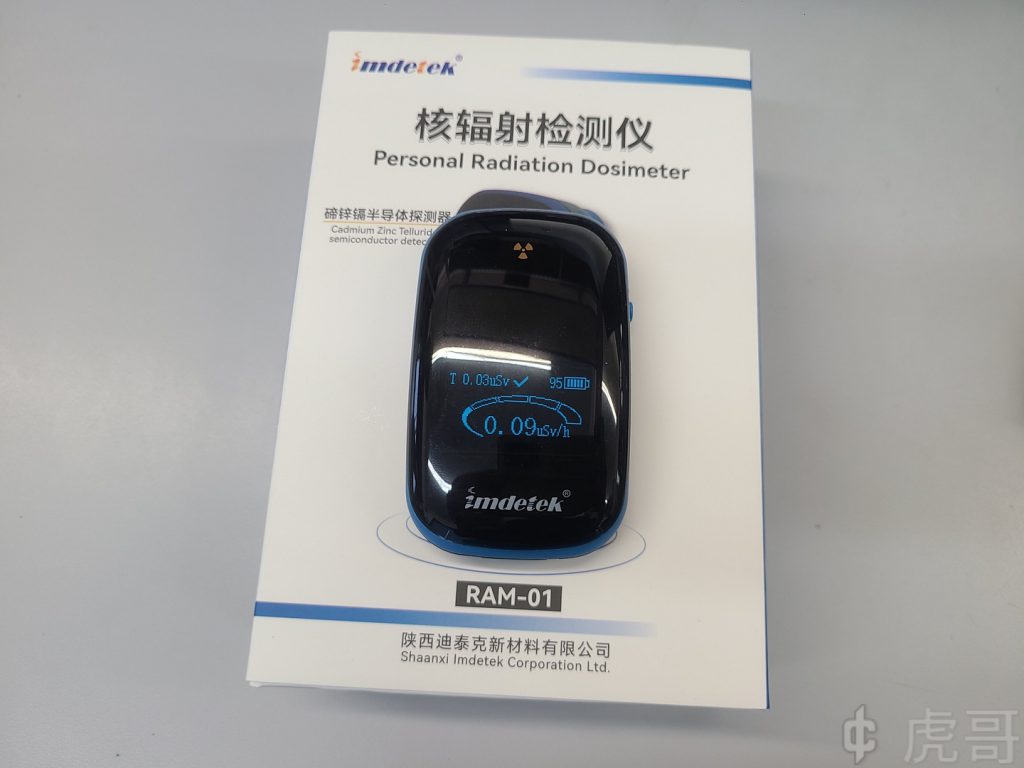
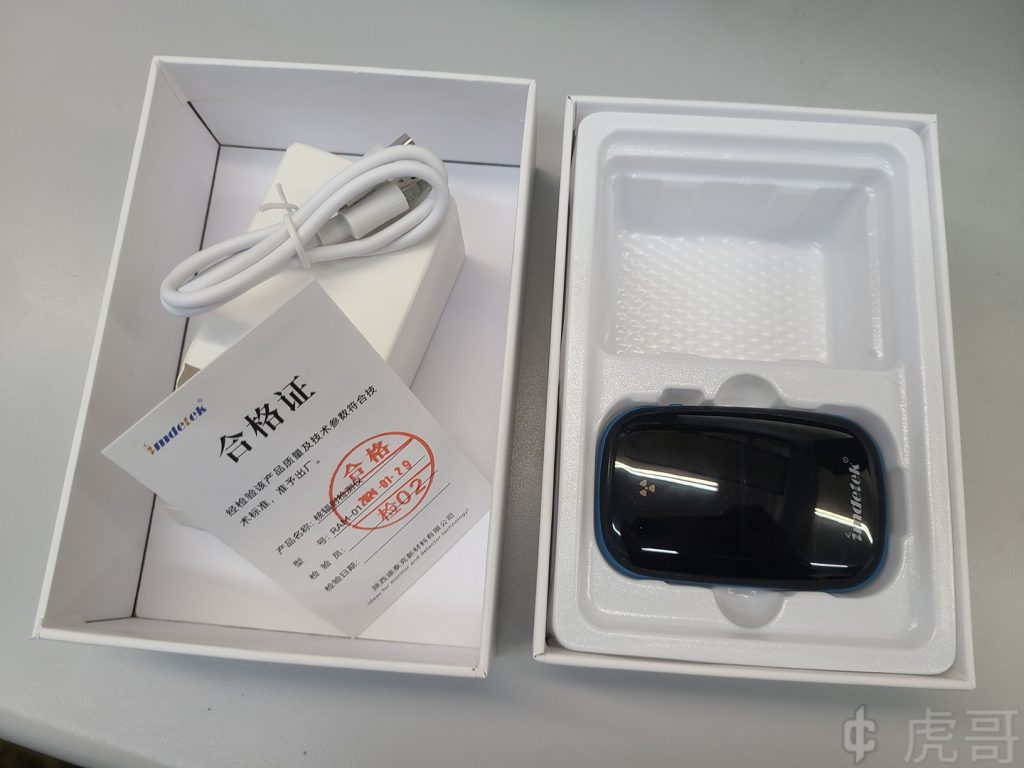
Very easy to disassemble


Here is CZT sensor board
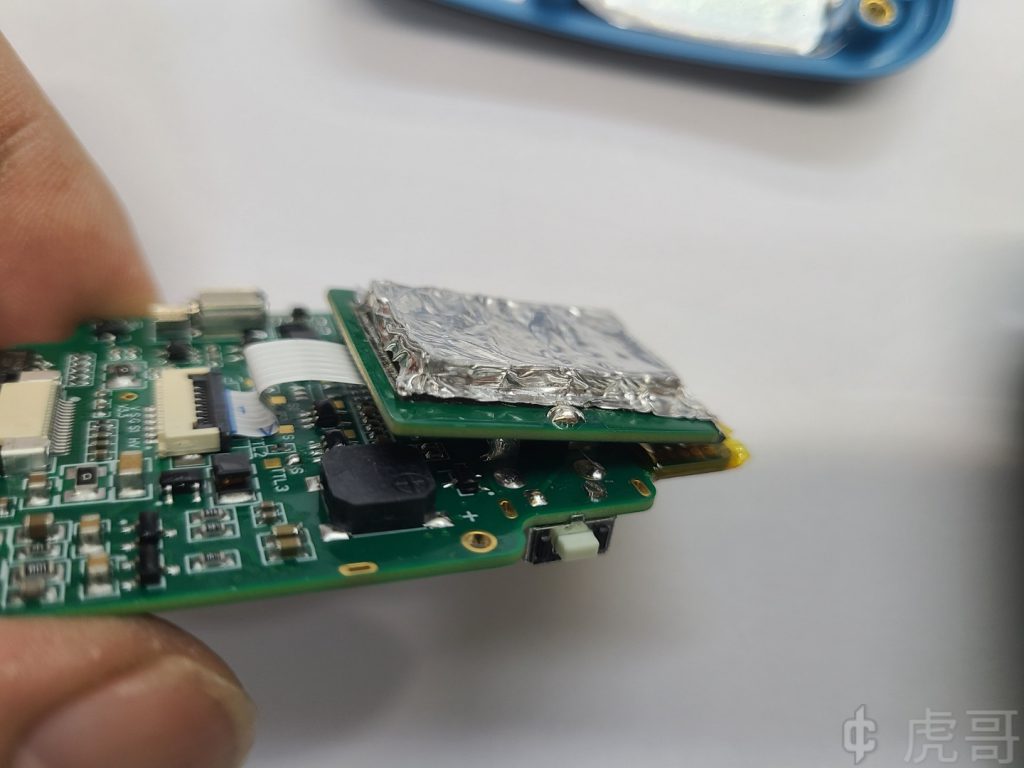
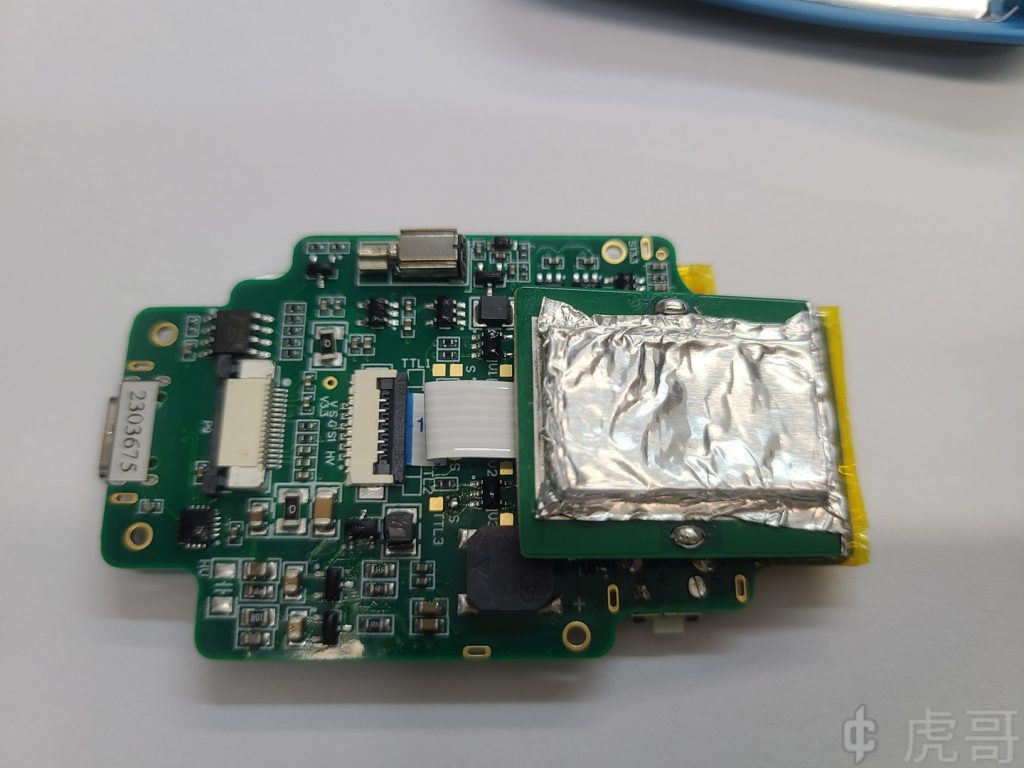
Remove the aluminum foil. The aluminum foil acts as a shield and a blackout. The reason for using aluminum foil instead of just making the shielding box complete is supposedly to allow slightly lower energy rays to enter.
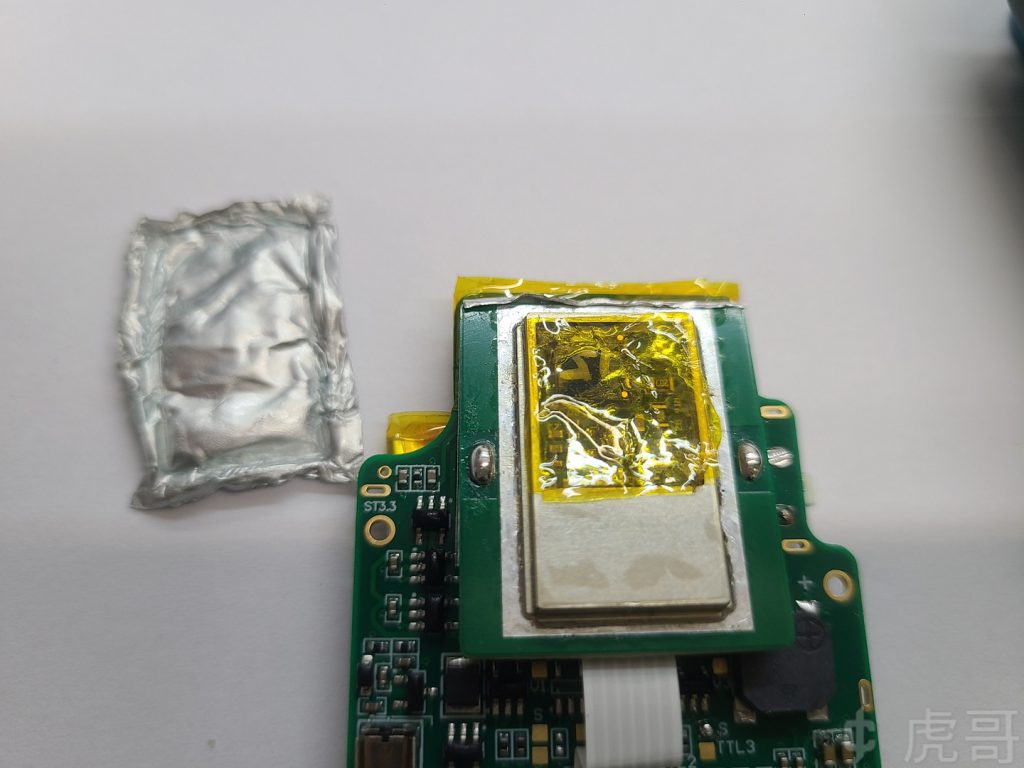
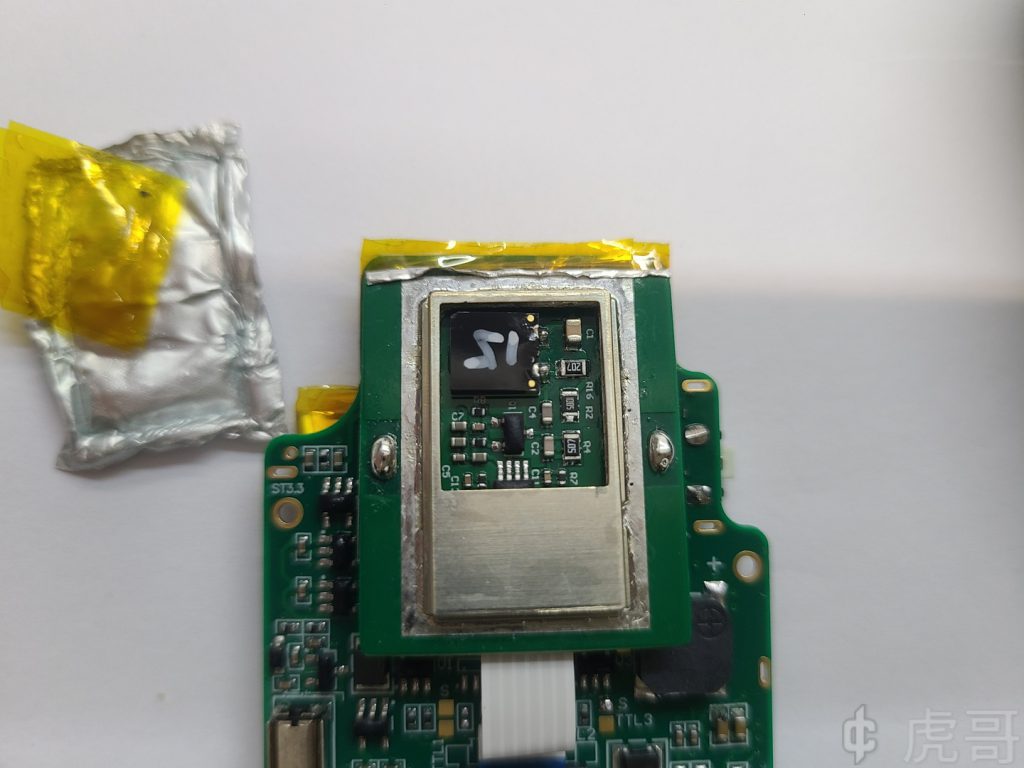
Removing the polyimide tape reveals a CZT detector measuring approximately 5 x 5 x 1mm. Exactly like the typical circuit of a PIN detector, there are also some electrostatic amplifiers underneath the shield, where the weak pulses of the CZT are amplified before leaving the shield.
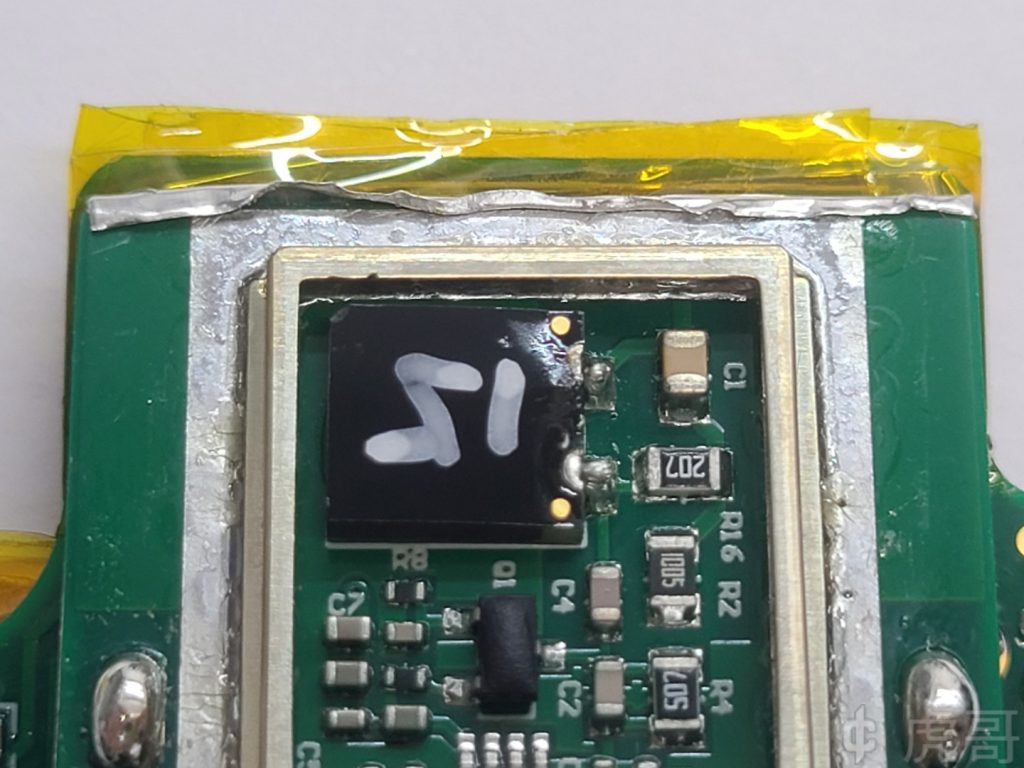
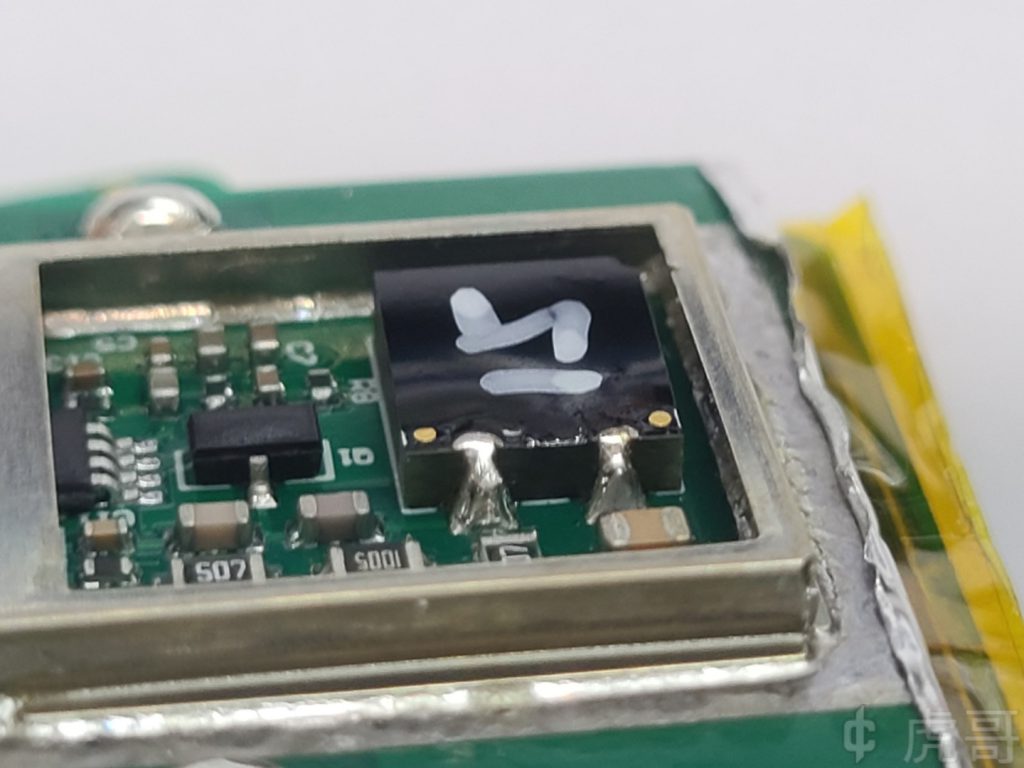
The CZT should be shielded from light. When there is light, it still reads a dose rate similar to the background, probably because the software is set to “display the default background whenever the data cannot be refreshed properly”. At this time with the smoke alarm inside the 241Am close to the reading did not change.
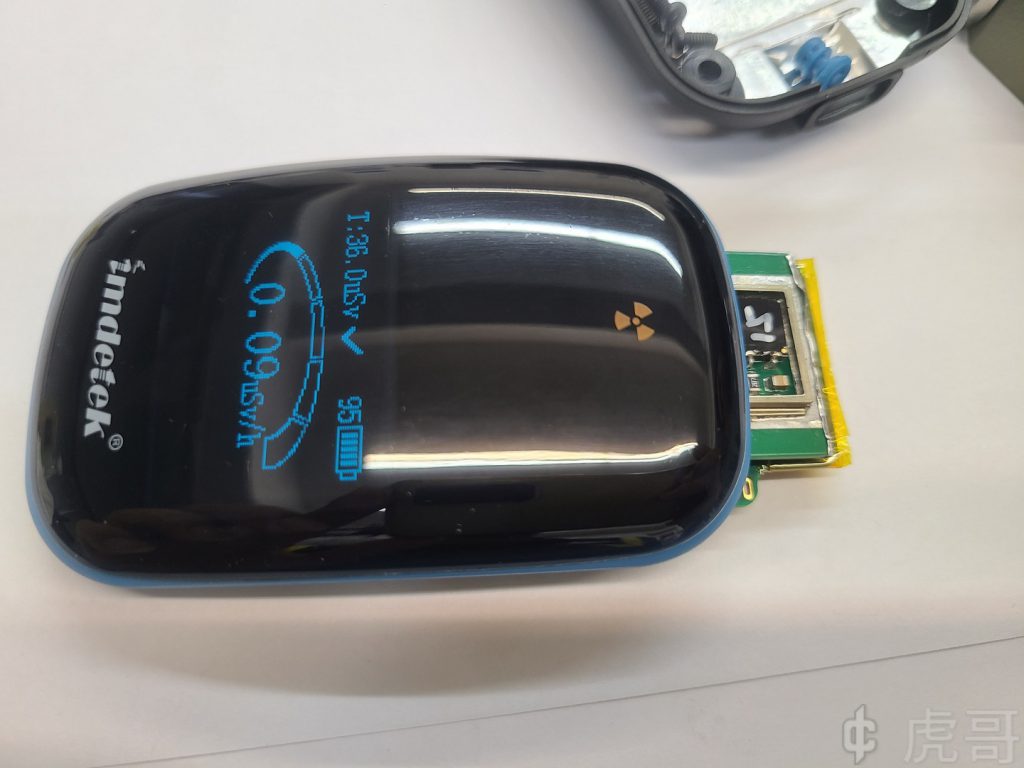
The CZT bias voltage was measured directly without shading and was only 4 V. After shading, the test was still only 4 V. (Here is a mistake that the bias power supply supplied the bias voltage through a GΩ resistor, and since the multimeter had a 10 MΩ input impedance, the voltage reading was considerably low.)
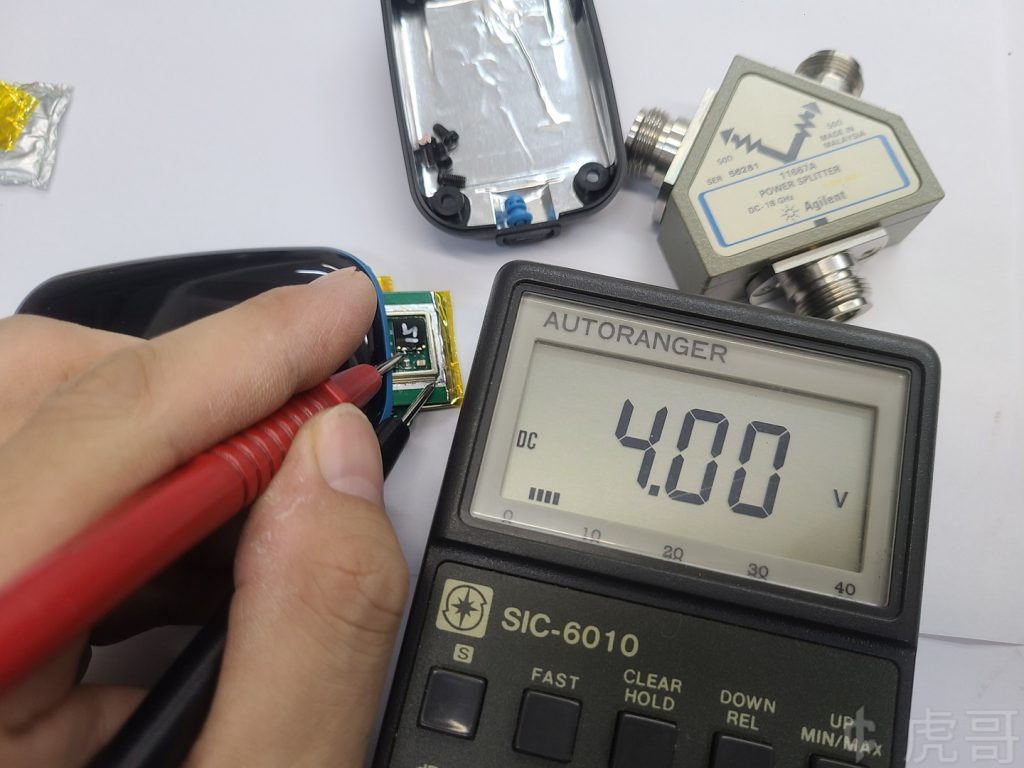
Put the shading back on and measure the bias voltage on the connector, there’s about 70V.

This machine should have just come on the market and may have poor software and poorer performance yet. But the built-in CZT sensor is real, and very cheap, suitable for hobbyists to DIY use.

